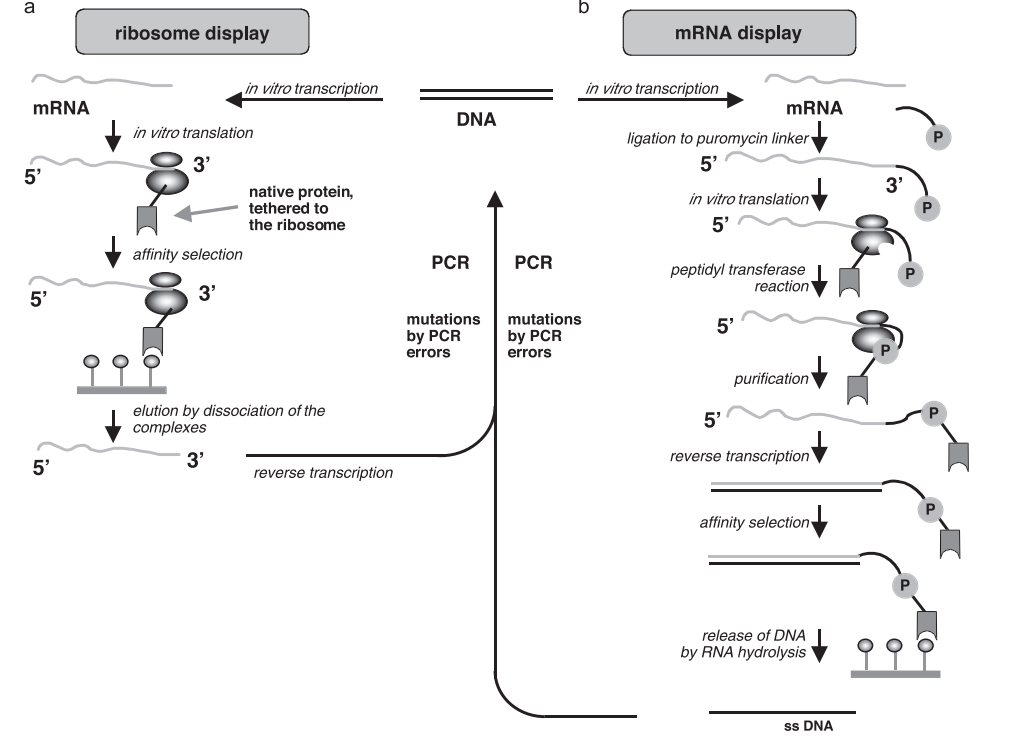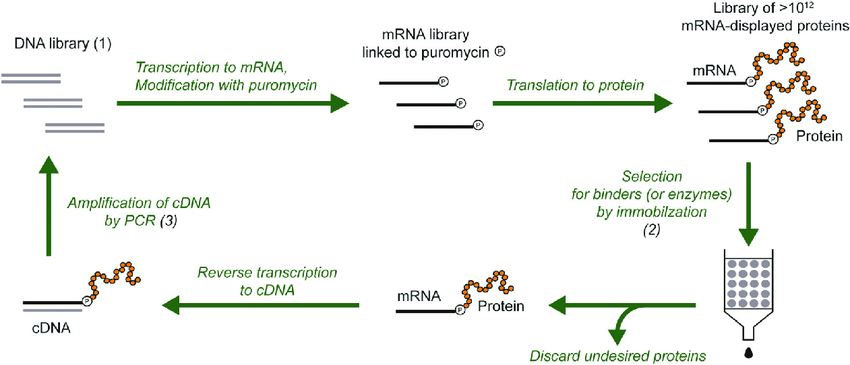The function of proteins is programmed and determined by the genetic information of organisms, which have evolved in nature. However, the characteristics formed during natural selection and evolution sometimes do not meet the strict standards and conditions required in industrial production or medical applications. For example, insufficient protein stability in extreme industrial environments, or direct use as a drug, may cause adverse reactions, and so on. Therefore, the research field of protein design has emerged.
At the beginning of the 20th century, scientists began to explore how to design proteins to obtain better and more suitable proteins for industrial environments, to help humans solve practical problems such as disease treatment and environmental restoration. In 1978, Canadian biochemist Michael Smith first proposed the technology of directed mutagenesis, marking the beginning of a new era of protein modification and design. He himself was awarded the Nobel Prize in Chemistry in 1993 for this achievement.

With the rapid advancement of technology, the field of protein design has gradually shifted from early exploratory research to today’s precision engineering design, and has spawned diverse design methods such as directed evolution, semi rational design, and rational design.
- Directed evolution simulates natural selection, utilizes random mutations and high-throughput screening, and selects proteins with desired characteristics from numerous mutants.
- Rational design is based on a deep understanding of the three-dimensional structure and biological function of proteins, and aims to optimize protein performance by designing mutations in a targeted manner.
- Semi rational design combines the characteristics of the first two, by introducing mutations in key active sites or structural domains, to construct a small-scale mutant library.
The AI big model trains and learns from massive protein sequences in nature, mastering the complex relationship between protein sequences, structure, and function, and thus being able to predict the impact of sequence changes on protein function. This predictive ability learns the characteristics of all proteins in the world and constructs a universal artificial intelligence method, that is, an AI model provides a wider range of modification directions for protein design of different types and fields, and also makes it extremely efficient in designing proteins with specific properties.
In traditional protein design methods, biologists often rely on past expert experience in enzyme thermal stability modification to gradually improve the thermal stability of this enzyme through multiple laboratory trials and errors. This process may take several years and may not necessarily achieve the expected results due to limitations in human knowledge and understanding of protein function.
Using AI big models for protein design is completely different, The AI large model will capture key factors and characteristics that affect protein thermal stability based on a large number of known heat-resistant enzyme sequences and structures in nature (which cannot be achieved by the human brain). When new heat-resistant enzymes need to be designed, The AI large model can quickly apply these characteristics to the target protein based on these patterns and characteristics, while ensuring its activity and rapidly improving its thermal stability.
This protein optimization scheme guided by AI large models not only has significant optimization effects and high positivity rates, but also can discover advantageous mutation points that are difficult to reach by human rational design, which helps to break through the limitations of existing patent protection. Compared to traditional methods, The AI large model can optimize protein properties in just 2-6 months without relying on expert experience through prediction and a small amount of experiments, while traditional methods require 2-5 years and extensive experimental verification to achieve similar property improvements.
Although these traditional design methods have achieved some success in modifying proteins, there are also some common challenges, such as low screening efficiency, high professional knowledge requirements, insufficient prediction accuracy, and high cost and time investment in constructing and screening high-quality mutant libraries These challenges limit the efficiency and application scope of protein design, increase the difficulty of developing protein products with independent intellectual property rights, and make it difficult to meet the urgent needs of the industry for efficiency and innovation.
What are the current challenges in AI-assisted protein design?
AI-assisted protein design faces several challenges that need to be addressed to fully realize its potential:
- Data Quality and Availability: High-quality and comprehensive datasets are crucial for training accurate AI models. However, the availability of well-annotated protein sequences, structures, and functional data can be limited. Additionally, biases in the existing data can affect the model’s performance and generalizability. Ensuring access to diverse and representative datasets is a significant challenge.
- Complexity of Protein Folding: Protein folding is a highly complex process influenced by numerous factors, including sequence context, environment, and post-translational modifications. While AI models like AlphaFold have made significant strides, accurately predicting how a protein will fold in vivo, including the influence of cellular environments, remains challenging.
- Integration of Multi-Modal Data: Combining diverse types of data, such as sequences, structures, and textual descriptions, requires sophisticated techniques to ensure meaningful integration. Developing models that can effectively handle and integrate these heterogeneous data types to improve predictions is still an ongoing challenge.
- Functional Prediction: Predicting the functional properties of designed proteins, such as binding affinity, enzymatic activity, or stability under various conditions, is more complex than predicting structure alone. Accurate functional predictions require models to understand intricate biochemical and biophysical interactions.
- Scalability and Computational Resources: High-accuracy AI models, particularly those based on deep learning, can be computationally intensive. Training and deploying these models at scale require substantial computational resources, which can be a barrier for many research institutions and companies.
- Validation and Experimental Confirmation: AI predictions need to be experimentally validated to ensure their accuracy and reliability. The iterative process of designing, testing, and refining proteins can be time-consuming and costly. Developing efficient experimental workflows to complement AI predictions is essential.
- Generalization to Novel Proteins: While AI models can perform well on known protein families, generalizing to completely novel proteins or those with little existing data remains a challenge. Ensuring that AI models can extrapolate beyond their training data to design entirely new proteins with desired functions is a key area of research.
- Ethical and Regulatory Considerations: The application of AI in designing proteins, especially for therapeutic uses, raises ethical and regulatory questions. Ensuring the safety, efficacy, and ethical use of AI-designed proteins in medical and industrial applications requires careful consideration and adherence to regulatory standards.
- Interdisciplinary Collaboration: Effective AI-assisted protein design often requires collaboration between computational scientists, biologists, and chemists. Bridging the gap between these disciplines to ensure that AI models are informed by domain-specific knowledge and that experimental designs are informed by computational predictions is an ongoing challenge.
Addressing these challenges involves ongoing research and development, interdisciplinary collaboration, and the continuous improvement of both computational methods and experimental techniques.
Applications
AI has several real-world applications in protein design that are transforming various fields, from medicine to industrial biotechnology. Here are some notable examples:
- Drug Discovery and Development: AI-driven protein design is revolutionizing drug discovery by identifying and designing proteins that can serve as therapeutics. For instance, AI can design proteins that specifically bind to and neutralize disease-causing molecules, leading to the development of novel biologics such as monoclonal antibodies and enzyme replacements. AI models like AlphaFold are used to predict protein structures that help in understanding drug-protein interactions and optimizing drug candidates.
- Enzyme Engineering: AI is used to design and optimize enzymes for industrial applications, such as biofuels, food processing, and waste management. By predicting how changes in protein sequences affect enzyme activity and stability, AI can create more efficient and robust enzymes tailored for specific reactions or environmental conditions. This enhances the efficiency and sustainability of industrial processes.
- Vaccine Development: AI-assisted protein design plays a crucial role in developing vaccines. AI can design immunogens—protein antigens that elicit a strong immune response—by predicting and optimizing their structures. This approach was notably used during the COVID-19 pandemic to accelerate the development of vaccine candidates by predicting the structure of viral proteins and designing effective immunogens.
- Synthetic Biology: AI is used in synthetic biology to design novel proteins and metabolic pathways for producing valuable compounds, such as biofuels, pharmaceuticals, and specialty chemicals. By designing proteins with specific functions and integrating them into metabolic networks, AI enables the creation of synthetic organisms capable of producing complex molecules from simple substrates.
- Agriculture: In agriculture, AI-designed proteins can be used to develop crops with enhanced traits, such as increased resistance to pests and diseases, improved nutritional content, and better stress tolerance. AI can design proteins that act as biopesticides or enhance the expression of desirable traits in plants, contributing to more sustainable agricultural practices.
- Biomedical Research: AI assists in understanding and designing proteins involved in various diseases, providing insights into disease mechanisms and identifying potential therapeutic targets. This application is crucial for studying complex diseases like cancer, neurodegenerative disorders, and genetic diseases, where protein interactions and functions play a central role.
- Environmental Biotechnology: AI-designed proteins are used in environmental biotechnology to develop solutions for pollution control and waste management. For example, AI can design enzymes capable of degrading plastics and other persistent pollutants, contributing to efforts to address environmental contamination and promote sustainability.
- Personalized Medicine: AI is paving the way for personalized medicine by designing proteins tailored to individual patients’ needs. This includes designing personalized therapeutic proteins based on a patient’s genetic profile, ensuring more effective and targeted treatments with fewer side effects.









